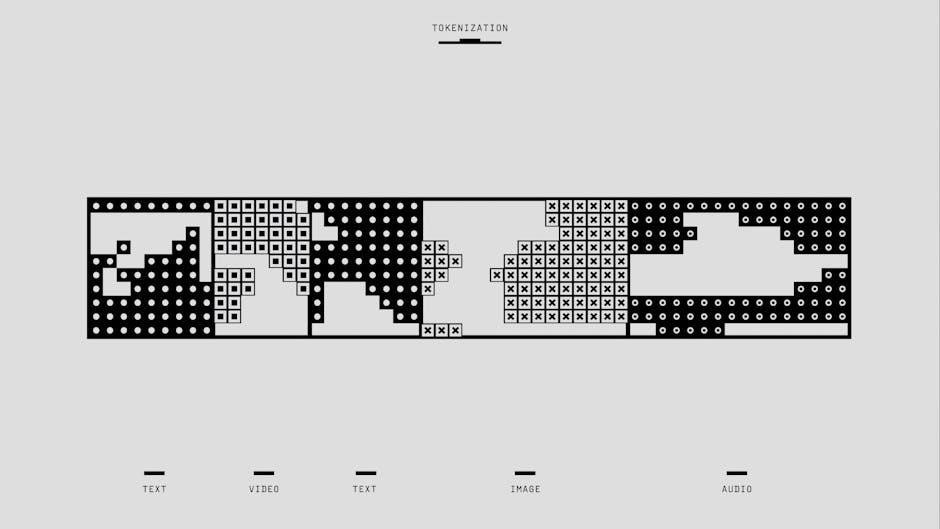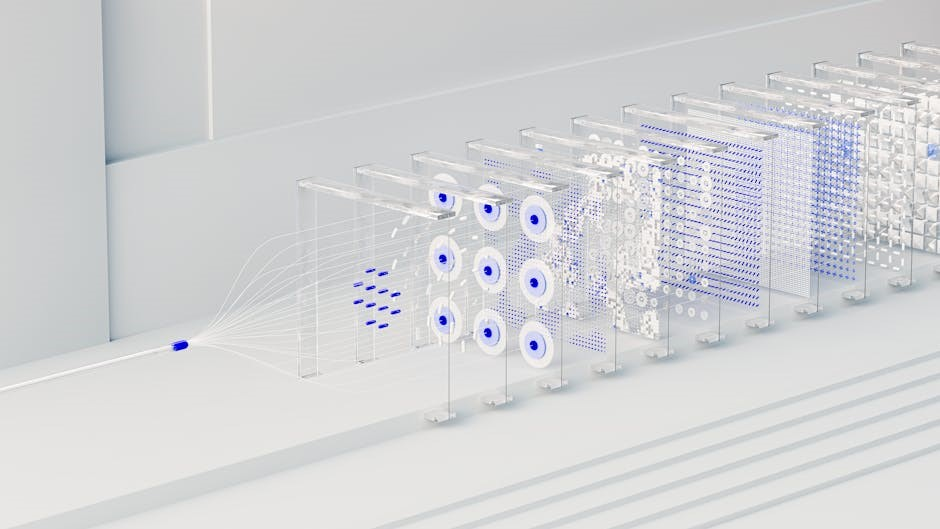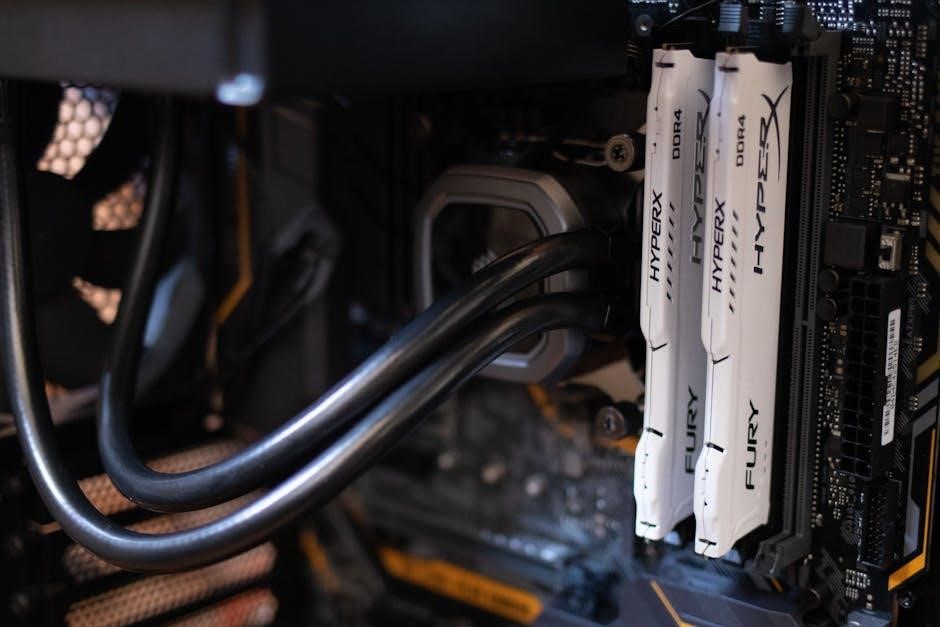Guided Sharpening System: An Overview
Guided sharpening systems offer a structured approach to maintaining knife edges. They provide consistent angles‚ enhancing precision for both beginners and experienced users. These systems eliminate guesswork‚ leading to sharper‚ more reliable blades.
Guided sharpening systems represent a technological approach to achieving and maintaining razor-sharp edges on knives and other tools. These systems employ a mechanical guide to ensure a consistent sharpening angle‚ a factor critical for edge geometry. Unlike freehand sharpening‚ which demands significant skill and practice‚ guided systems offer a more accessible and repeatable method for users of all experience levels. They minimize the risk of rounding the edge or creating uneven bevels. The guided approach leads to improved cutting performance.
Types of Guided Sharpening Systems
Guided sharpening systems come in various forms‚ each with distinct mechanisms and features. Angle-guided systems‚ belt grinders‚ and water-cooled grinding wheel systems represent the primary types available for achieving sharp edges.
Angle-Guided Systems (e.g.‚ Wicked Edge)
Angle-guided systems‚ such as the Wicked Edge‚ offer unparalleled precision in sharpening. These systems hold the knife stationary while the user manipulates abrasive stones at precise angles. This design promotes consistent bevels‚ leading to exceptionally sharp and often mirror-polished edges. They are particularly favored for smaller blades where meticulous edge refinement is desired. The Wicked Edge utilizes dual stone sets for efficient sharpening and precise angle control. However‚ these systems can be more expensive than other guided options.
Belt Grinders (e.g.‚ Work Sharp Elite)
Belt grinders‚ exemplified by the Work Sharp Elite‚ offer a versatile approach to sharpening. They use abrasive belts to quickly remove material and reshape edges. This makes them suitable for both sharpening and reprofiling knives. The Work Sharp Elite is designed for smaller jobs‚ offering controlled material removal. Belt grinders can be adapted for various sharpening tasks with different grits. Bladesmiths often use larger belt grinders. However‚ it’s important to use these systems with caution to avoid overheating the blade and altering the steel’s temper.
Water-Cooled Grinding Wheel Systems (e.g.‚ Tormek)
Water-cooled grinding wheel systems‚ such as the Tormek T-4 and T-8‚ are designed for heavy sharpening while minimizing heat buildup. The water cooling prevents the blade from overheating‚ preserving its temper. These systems typically use a slow-speed rotating stone‚ which removes material gradually. They’re often favored for tools requiring substantial reshaping. Tormek systems offer various jigs and attachments for precise angle control. Water-cooled systems are a popular choice for achieving a very fine edge on larger blades or tools. The slow speed and water cooling contribute to a controlled sharpening process.

Advantages of Using a Guided Sharpening System
Guided systems offer accuracy and consistency when sharpening knives. These systems minimize the risk of errors. They also promote safety and are easy to learn‚ even for beginners in knife maintenance.
Consistency and Precision
Guided sharpening systems excel at delivering consistency‚ a crucial factor for maintaining optimal blade performance. Unlike freehand sharpening‚ these systems ensure that the blade is sharpened at the precise angle with each stroke. This consistency translates to a more uniform bevel‚ resulting in a sharper and more durable edge. Professionals and hobbyists benefit from the predictable results‚ achieving razor-sharp edges every time. The precision offered by guided systems minimizes the risk of rounding the edge or creating uneven bevels‚ extending the life of your knives and ensuring peak cutting performance with each use.
Safety Features
Safety is a paramount concern when sharpening knives‚ and guided sharpening systems offer significant advantages in this area. These systems typically include features like secure blade clamping mechanisms and hand guards. These features minimize the risk of accidental cuts or slips during the sharpening process. By maintaining a consistent angle and keeping hands away from the blade’s edge‚ guided systems allow users to focus on the sharpening process without fear of injury. This enhanced safety makes them ideal for both novice and experienced users who prioritize a secure sharpening experience and the longevity of their fingers.
Ease of Use for Beginners
Guided sharpening systems are particularly beneficial for beginners due to their user-friendly design. These systems eliminate the steep learning curve associated with freehand sharpening. Pre-set angle guides ensure consistent results‚ even without extensive experience. The intuitive nature of these systems allows new users to quickly achieve a razor-sharp edge. This eliminates the frustration of inconsistent results. Clear instructions and readily available tutorials further simplify the process. By removing the guesswork‚ guided systems empower beginners to confidently maintain their knives‚ fostering a greater appreciation for blade care and sharpness‚ and ultimately‚ safer and more enjoyable cutting tasks.

Factors to Consider When Choosing a System
Selecting a guided sharpening system involves considering knife steel‚ budget‚ and sharpening frequency. Different steels require specific abrasives. Budget dictates system complexity. Frequency determines the required durability and ease of repeated use.
Knife Steel Type
The type of steel your knife is made from is a crucial factor when choosing a guided sharpening system. Harder steels‚ like ZDP-189 or Maxamet‚ require diamond abrasives or CBN (cubic boron nitride) for effective sharpening. Softer steels can be sharpened with a wider range of materials‚ including ceramic or even traditional whetstones.
Consider the steel’s wear resistance; high wear resistance steels need more aggressive abrasives. Matching the abrasive to the steel ensures efficient material removal without damaging the blade. Understanding your knife’s steel type is the first step towards effective sharpening.
Budget
Your budget will significantly influence the guided sharpening system you choose. Systems range from affordable options like the Work Sharp Guided Sharpening System to high-end precision tools like the Wicked Edge. Consider your needs and frequency of sharpening. A more expensive system might be worthwhile if you sharpen frequently or require exceptional precision.
Entry-level systems provide a good starting point for beginners. However‚ they may lack the features and durability of more expensive models. Balance your sharpening requirements with your financial constraints to find the best value. Remember to factor in the cost of replacement abrasives over time.
Sharpening Frequency
How often you sharpen your knives is a crucial factor. If you only sharpen occasionally‚ a simpler‚ more affordable system may suffice. For frequent sharpening‚ invest in a durable system with readily available replacement abrasives. Consider the time commitment involved with each system.
Some systems are faster and more efficient than others. If you have a large collection of knives or use them heavily‚ a faster system is preferable. Regular maintenance with a honing steel can reduce the frequency of full sharpening sessions‚ extending the life of your abrasives.

Top Brands and Models
Several brands dominate the guided sharpening system market. Work Sharp‚ Wicked Edge‚ and Hapstone are known for quality. These brands offer various models catering to different needs and budgets.
Work Sharp Guided Sharpening System
The Work Sharp Guided Sharpening System is designed for both novices and experienced sharpeners. It offers a complete benchtop solution‚ ensuring precise and consistent edges. The system cuts down the learning curve‚ providing confidence in achieving a sharp blade. It’s a versatile option suitable for various knife types‚ from kitchen knives to outdoor blades. The adjustable angle feature caters to different sharpening needs‚ making it a popular choice for maintaining knives effectively. With its ease of use and reliable results‚ the Work Sharp system is an excellent investment.
Wicked Edge Sharpening Systems
Wicked Edge sharpening systems are designed to deliver a fast and easy sharpening experience. These systems employ two sets of stones for precise and mirror-polished edges‚ especially on smaller blades. The knife is positioned vertically‚ edge facing up‚ and perpendicular to the stones‚ offering controlled sharpening. While a more expensive option‚ even the basic system offers exceptional results. The Wicked Edge is favored by knife enthusiasts seeking the highest level of sharpness and precision. It provides excellent control and produces professional-quality edges with consistent angles.
Hapstone Sharpening Systems
Hapstone sharpening systems are known for their versatility‚ quality‚ and value within the guided sharpening market. These systems provide a robust platform for achieving consistent and precise edges on a wide range of knives. Favored for their ability to accommodate various abrasive types and sharpening angles‚ Hapstone systems are well-regarded by enthusiasts and professionals. Their designs often emphasize ease of use and durability‚ offering a reliable solution for maintaining knives with different steel types. Many users recommend Hapstone for those seeking quality and flexibility.
Sharpening Techniques and Maintenance
Mastering sharpening techniques and proper maintenance extends the life of your blades. Consistent angle control‚ abrasive care‚ and stropping are crucial for achieving and preserving a razor-sharp edge.
Angle Selection
Choosing the correct sharpening angle is paramount for optimal blade performance. Thinner angles‚ around 15-20 degrees‚ excel for slicing‚ while thicker angles‚ like 25-30 degrees‚ provide greater durability; Consider the knife’s intended use and steel type when selecting an angle. Lower angles are for softer steels‚ while higher angles are for harder steels. Maintaining a consistent angle throughout the sharpening process is crucial. Guided systems simplify this‚ ensuring a uniform bevel. Experimentation and understanding your knives are key to finding the perfect angle for each blade.
Maintaining Abrasives
Proper maintenance of your sharpening abrasives is vital for optimal performance and longevity. Regularly clean stones to remove metal filings‚ using water or a specialized cleaning solution. Flatten water stones periodically to ensure a level sharpening surface; diamond plates require less frequent flattening. Replace worn abrasives to maintain consistent sharpening results. Store abrasives properly to prevent damage. For diamond stones‚ consider using a lubricant during sharpening. Proper care ensures consistent performance and extends the life of your sharpening system components. A clean and true abrasive delivers the best possible edge.
Using a Strop for Final Honing
A strop is essential for achieving a razor-sharp edge after sharpening. Stropping aligns the microscopic teeth of the blade‚ creating a polished and refined cutting surface. Apply a honing compound to the strop for enhanced abrasion. Use light pressure and consistent strokes‚ moving the blade away from the edge. Regularly clean the strop to remove metal particles; Stropping removes any remaining burr from sharpening. Leather‚ balsa wood‚ and canvas are common stropping materials. This final step significantly improves sharpness and cutting performance‚ extending the life of your edge. A well-maintained strop is key for a truly professional finish.

Alternatives to Guided Sharpening Systems
While guided systems offer precision‚ alternatives exist. Freehand sharpening with whetstones requires skill‚ but offers flexibility. Electric sharpeners provide speed‚ but may remove more material. Choosing depends on experience and desired results.
Freehand Sharpening with Whetstones
Freehand sharpening with whetstones is a traditional method that requires developing skill and muscle memory. It involves holding the knife at a consistent angle against the stone‚ requiring practice to achieve a sharp‚ even edge. This method offers greater control and allows for subtle adjustments based on the blade’s geometry. However‚ maintaining a consistent angle is challenging‚ and mistakes can lead to uneven bevels or rounded edges. Despite the learning curve‚ many prefer freehand sharpening for its versatility and the connection it provides to the craft of knifecare. Mastering freehand sharpening leads to a deeper understanding.
Electric Knife Sharpeners
Electric knife sharpeners offer a convenient and quick way to sharpen knives. These devices use motorized abrasive wheels to restore a blade’s edge. Electric sharpeners can be particularly appealing for those seeking ease of use and speed‚ but they may remove more material than manual methods. While some models offer angle guides‚ they may not provide the same level of precision as guided systems or freehand sharpening. The aggressive nature of electric sharpeners can lead to a shorter lifespan for knives if used frequently or incorrectly. It’s essential to choose a model with adjustable settings and to follow the manufacturer’s instructions carefully.
